The Great Hall within the Royal Exchange
Once called "the biggest room in the world," this Victorian-era hall is so large that it contains a smaller 1970s heptagonal theatre.
From the outside, Manchester’s Royal Exchange looks similar to many of the other Victorian-era buildings around the city center, although the ground floor features multiple shops and restaurants as well as an arcade running through the center of the building. Steps on the east and west sides of the building lead to entrances with signs for the Royal Exchange Theatre mounted above on glass awnings. The average passerby might assume that these entrances lead to a lobby adjoining the theatre itself, but they would be incorrect. These doorways actually lead to the Great Hall within the Royal Exchange, a space so large that it was once called “the biggest room in the world.”
The building was constructed between 1867 and 1874 on the site of an older commodities exchange to provide a place where cotton and textile dealers and manufacturers could make business deals. The building and the hall were extended during renovations in 1921, and the hall was “officially” opened by King George V. But the building was severely damaged by bombing during World War II, and both the building and the hall shrunk in size. As business practices changed during the 20th century, fewer people used the Great Hall for business, and trading closed at the end of 1968.
For several years, the Great Hall had no real purpose. Then in 1973, Manchester City Council asked a local theater group (then called the 69 Theatre Company), to stage performances in a temporary tent-like structure within the hall. The performances were so successful that support was found to construct a more permanent theater within the Great Hall. The design was a modern, steel-framed, seven-sided structure with 500 seats arranged around a central performance space. This new theater opened in 1976.
The company, now named the Royal Exchange Theatre, has performed in this space within the Great Hall ever since. However, the heptagonal theater is just one of several things within the Great Hall. The hall also contains a café and bar, an exhibition space with creations by local artists, and a spot for where people can sit and relax away from the busy streets.
The hall itself has undergone extensive maintenance and renovation work in recent years, but retains many of its original features including its commodities price board and the glass domes in the ceiling, is in and of itself a notable attraction. Overall, this space is one of Manchester’s true hidden architectural gems.
Know Before You Go
The Great Hall (as well as the café and bar and exhibition space) opens at 11 a.m. Monday through Saturday. The hall is generally open for visitors outside of performance times; no tickets are needed. Performances start at 7:30 p.m. Monday through Saturday as well as at 2:30 p.m. on Saturdays and Wednesdays.
The hall is accessible through entrances on the east side (facing Cross Street) and the west side (facing Exchange Street near St. Ann’s Square). The entrance on the west side has an elevator for people with limited mobility.
As the Royal Exchange is located in the center of Manchester, it is easily accessed by all forms of public transport, it is easily reached from other parts of the city center by pedestrians, and multiple car parks are available nearby for people driving to the building.
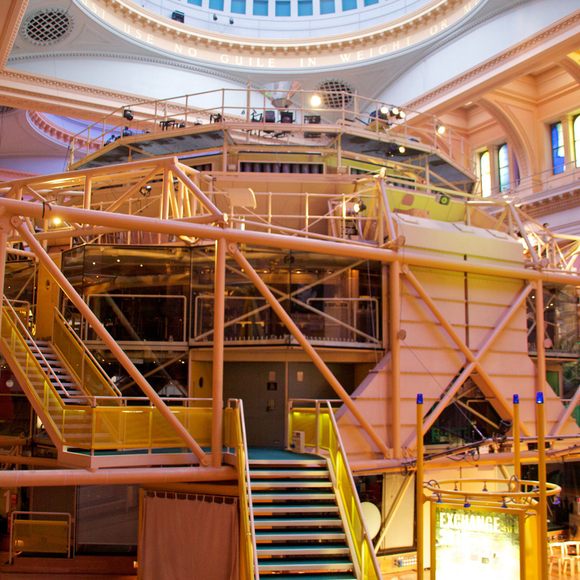

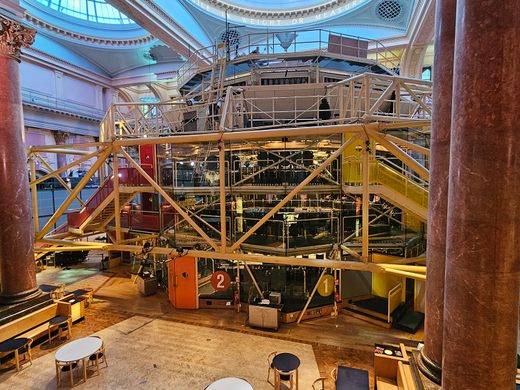
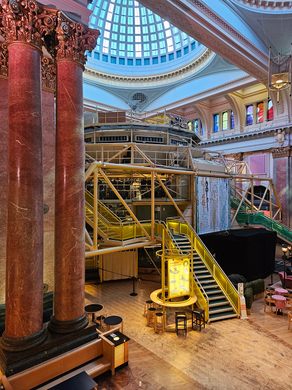










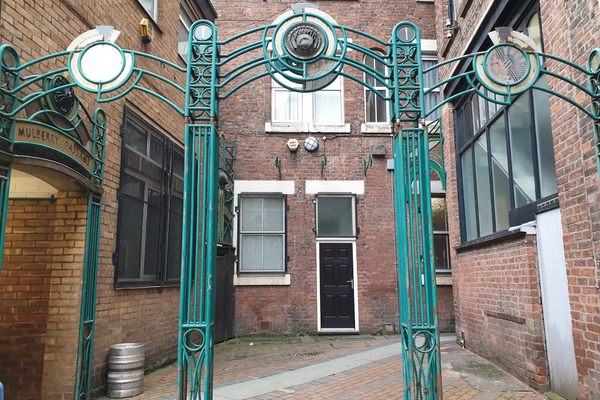


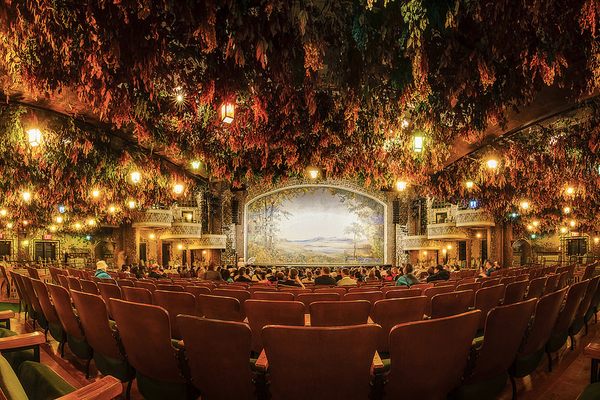

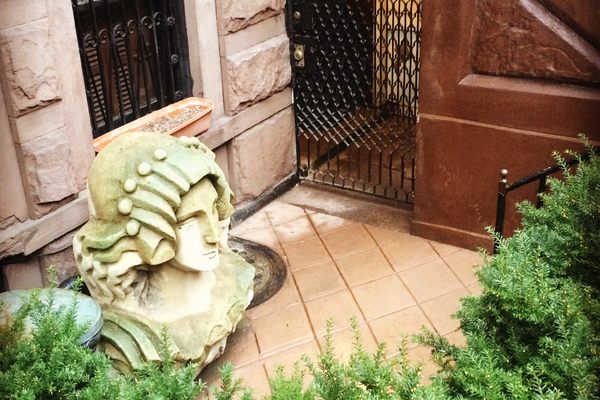


Follow us on Twitter to get the latest on the world's hidden wonders.
Like us on Facebook to get the latest on the world's hidden wonders.
Follow us on Twitter Like us on Facebook